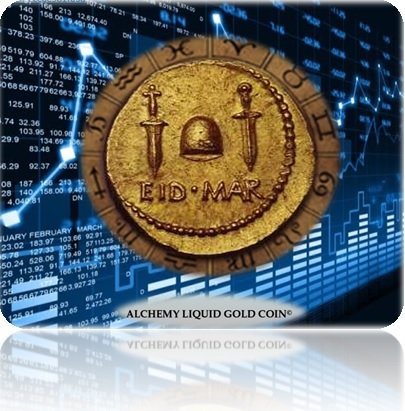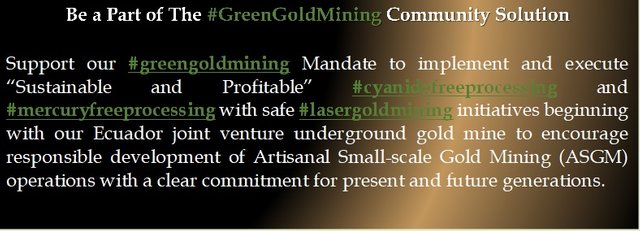Earth's Oceans May Go Back to the Planet's Birth
The water sloshing in Earth's oceans and coursing through its canyons may have been with the planet since it first started taking shape, new research suggests.
The origin of Earth's water has long been a topic of considerable discussion and debate. Some scientists hold that the wet stuff is mostly primordial, dating back to the mountain-size building blocks that coalesced to form our planet about 4.5 billion years ago.
But others think Earth was born very dry and that it took sustained bombardment by sopping-wet asteroids and comets long ago to dampen the planet to its present state. (By the way, modern-day Earth isn't as soggy as you may think: Though water covers 70 percent of Earth's surface, the stuff makes up just 0.05 percent or so of our planet's mass.
The new results should hearten the primordialists. In two new modeling studies, researchers determined that tiny grains of dust swirling around the newborn sun in the region where Earth eventually formed could have held enough water to explain the amount on the planet today.
And these grains could have snagged the requisite water from their surroundings in just 1 million years or so, the scientists found. That's quickly enough that the planet-building boulders — which themselves grew from clumping dust grains — could have been wet enough as well. (If it took longer for the dust to slurp up water than it took for the boulders to form, then it doesn't matter how wet the grains could get — Earth would still form dry.)
The two new studies don't represent the last word on the origin of Earth's water, of course; the debate will doubtless continue as scientists conduct additional modeling studies and look at more and more evidence gathered from meteorites on the ground and comets and asteroids in space.
And researchers will soon be able to examine two different examples of pristine asteroid material in their labs in here on Earth, if all goes according to plan. Japan's Hayabusa2 spacecraft and NASA's OSIRIS-REx probe are scheduled to return samples of the asteroids Ryugu and Bennu to Earth in 2020 and 2023, respectively.

This artist's illustration shows a very young star surrounded by a disk of gas and dust, the raw materials from which rocky planets such as Earth form.
Credit: NASA/JPL-Caltech
The two new studies were both submitted to the journal Astronomy & Astrophysics. One has been accepted for publication; you can read it for free at the preprint site arXiv.org.
ALCHEMY MINING GROUP, INC
In support of our #greengoldmining initiatives and for the purpose of funding our Ecuador joint venture gold mining operations, we have created a Waves digital currency "AlchemyLGCoin"© utility token listed for trading operating on Waves – (DEX) decentralized exchange proof of stake, open market blockchain platform.
Our utility token is asset backed with Limited Edition gold coins (95%+purity”) crafted from responsibly processed gold ore and is live for Crowdfunding September 15th UTC 5:00 P.M. 100% token bonus

AlchemyLGCoin© utility token is a negotiable title of ownership in a digital crypto form asset backed with responsibly processed gold mined & extracted from our Ecuador JV underground gold mine MINA SAN JUAN.The processed ore is then crafted into 2,000 unique one-ounce (95%+ purity) Limited Edition collectible gold coins.
We own a 50% equity and board control of Alquimia y Explotación Minera San Juan Alquiexmi S.A., our joint venture Ecuador gold mining company with granted mineral rights on two gold mine concessions with operations on Bella Rica Codigo: 15 in the Bella Rica mining area, western Azuay province, municipality of Camilo Ponce Enríquez Ecuador.
The Bella Rica Codigo: 15 concession has a running water stream and has been developed with buildings, equipment, operational facilities and being artisanally mined and exploited by our joint venture partner blasting a 1.3 Km main underground tunnel “MINA SAN JUAN” with 2 extensions extracting ore from 3 identified veins of 5 known veins producing gold balls and dores since 2012.
SYSTEMIC ENVIRONMENTAL PROBLEM
Environmental Impact of Artisanal Small-scale Gold Mining (ASGM) in Southern Ecuador is causing considerable environmental impacts, the most important of which are related to the discharge of metals, metalloids and cyanide into adjacent rivers.
Studies have shown that the gold workers were exposed to intoxicatingly high levels of mercury with 85% of them suffered neurological symptoms, such as tremors, and 44%–56% of them experienced restricted fields of vision, slow reflexes, sensory disturbances, unbalanced rigidity, and ataxia.
The majority of Hg emitted by gold smelters being deposited within 1 km of the emission source contaminating the urban areas with a mix of lead, mercury, manganese, and various cyanides eventually flushed into the river system poisoning the water and killing all aquatic life in the area.
Responsible gold ore processing begins with our own gold ore mined from MINA SAN JUAN the Bella Rica mining district Camillo Ponce western Azuay province Rio de Oro Ecuador.

Instructions to participate: http://bit.ly/2Q47YHC
Donations
ETH: 0x0a7C095B430742D96C723aFd5daE1Ef0F6ee3408
BTC: 3BXNxbMX63P9CM36L4Fi9UTa9Uw35gNsKz
[WHITE PAPER] http://bit.ly/2LXdYyL
[REDDIT] https://redd.it/87v7tn
[TWITTER] http://bit.ly/2PzfmK3
[OFFICIAL ICO SITE] http://bit.ly/2CkHA9K
[MEDIUM] http://bit.ly/2Q47YHC
[FACEBOOK] http://bit.ly/2CrmVkj
[LINKEDIN] http://bit.ly/2LYWNfX
[MINA SAN JUAN]
[D.TUBE]
Thank You.